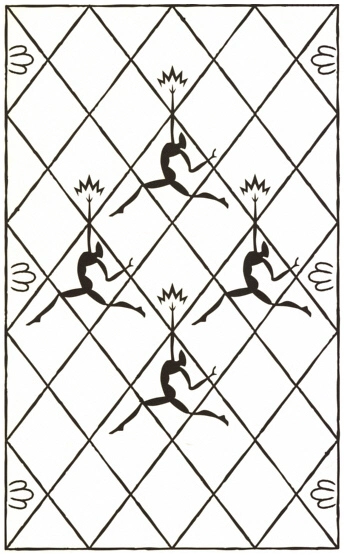In Search of Lost Time, Volume II
IN SEARCH OF
LOST TIME
IN SEARCH OF
LOST TIME
VOLUME II
WITHIN A BUDDING GROVE
MARCEL PROUST
TRANSLATED BY
C. K. SCOTT MONCRIEFF AND TERENCE KILMARTIN
REVISED BY D. J. ENRIGHT

T H E M O D E R N L I B R A R Y
N E W Y O R K
CONTENTS
Part One
MADAME SWANN AT HOME
Part Two
PLACES-NAMES: THE PLACE
Notes
Addenda
Synopsis
Numerals in the text refer the reader to explanatory notes while asterisks indicate the position of textual addenda. The notes the addenda follow the text.
About The Modern Library
The Modern Library has played a significant role in American cultural life for the better part of a century. The series was founded in 1917 by the publishers Boni and Liveright and eight years later acquired by Bennett Cerf and Donald Klopfer. It provided the foundation for their next publishing venture, Random House. The Modern Library has been a staple of the American book trade, providing readers with affordable hardbound editions of important works of literature and thought. For the Modern Library’s seventy-fifth anniversary, Random House redesigned the series, restoring as its emblem the running torchbearer created by Lucian Bernhard in 1925 and refurbishing jackets, bindings, and type, as well as inaugurating a new program of selecting titles. The Modern Library continues to provide the world’s best books, at the best prices.

IN SEARCH OF
LOST TIME

About the Book
“It is marvelously about life. It reminds me of Dickens, Shakespeare, Molière. Proust was, among other things, one of the greatest comic writers of all time.”
—TERENCE KILMARTIN
Within a Budding Grove received the Prix Goncourt when it was published in 1919 and catapulted its author to overnight fame. It takes the autobiographical narrator of Swann’s Way from childhood through adolescence. He loses interest in Gilberte and falls in love with Albertine, the dark girl on her bicycle, with “that little beauty spot on her cheek, just under the eye.” Albertine, her friends, and the fictional Normandy resort of Balbec become the primary agents of recollection for him.
The final volume of a new, definitive text of À la recherche du temps perdu was published by the Bibliothèque de la Pléiade in 1989. For this authoritative English-language edition, D. J. Enright has revised the late Terence Kilmartin’s acclaimed reworking of C. K. Scott Moncrieff’s translation to take into account the new French editions.
ABOUT MARCEL PROUST
Marcel Proust was born in the Parisian suburb of Auteuil on July 10, 1871. His father, Adrien Proust, was a doctor celebrated for his work in epidemiology; his mother, Jeanne Weil, was a stockbroker’s daughter of Jewish descent. He lived as a child in the family home on Boulevard Malesherbes in Paris, but spent vacations with his aunt and uncle in the town of Illiers near Chartres, where the Prousts had lived for generations and which became the model for the Combray of his great novel. (In recent years it was officially renamed Illiers-Combray.) Sickly from birth, Marcel was subject from the age of nine to violent attacks of asthma, and although he did a year of military service as a young man and studied law and political science, his invalidism disqualified him from an active professional life.
During the 1890s Proust contributed sketches to Le Figaro and to a short-lived magazine, Le Banquet, founded by some of his school friends in 1892. Pleasures and Days, a collection of his stories, essays, and poems, was published in 1896. In his youth Proust led an active social life, penetrating the highest circles of wealth and aristocracy. Artistically and intellectually, his influences included the aesthetic criticism of John Ruskin, the philosophy of Henri Bergson, the music of Wagner, and the fiction of Anatole France (on whom he modeled his character Bergotte).
1 comment